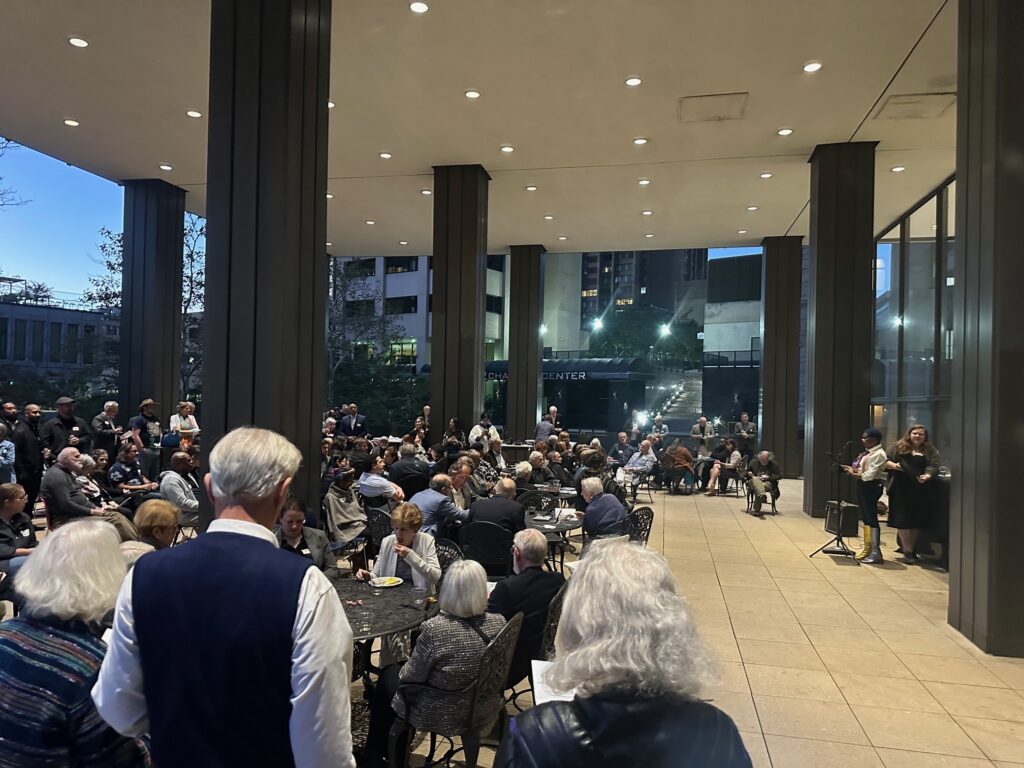With thanks to those who have already donated, we wanted to share what we’re planning for next year and ask again for help in making it happen by joining or renewing your membership! We are a small organization so a gift of any size – from $5 to $500 – will help immensely. Here are a few highlights for how your gift will help in the year ahead:
Heritage Tours
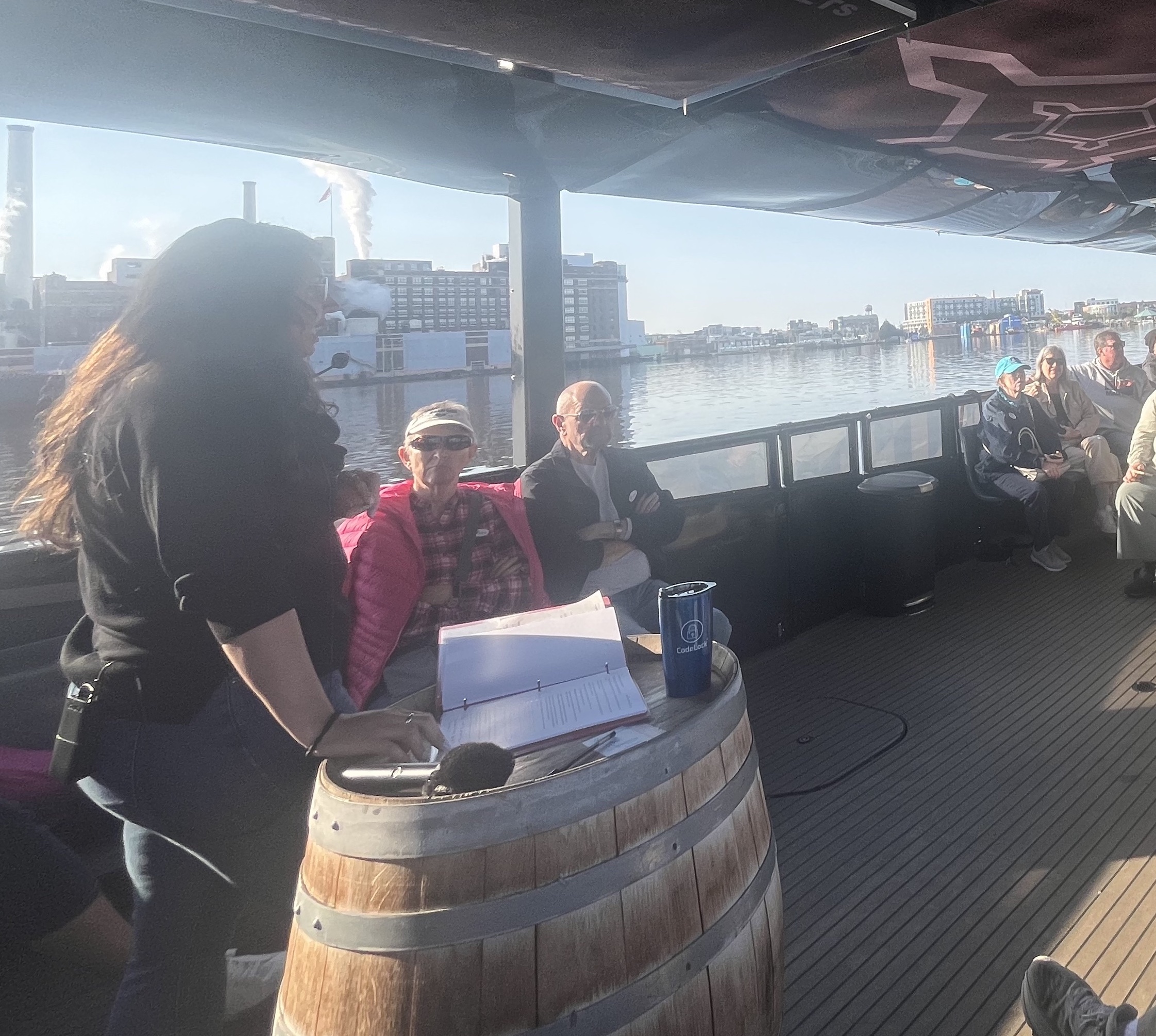 This past year we launched a new Inner Harbor by Boat tour and a new walking tour at Green Mount Cemetery focusing on John Willkes Booth and Abraham Lincoln. This spring we will be able to return with more robust tours and events, including more boat tours and a new series we’re calling Baltimore After Dark. Please stay tuned!
This past year we launched a new Inner Harbor by Boat tour and a new walking tour at Green Mount Cemetery focusing on John Willkes Booth and Abraham Lincoln. This spring we will be able to return with more robust tours and events, including more boat tours and a new series we’re calling Baltimore After Dark. Please stay tuned!
Five Minute Histories Videos
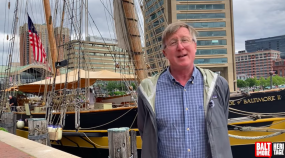 We have produced 387 Five Minute Histories and counting! Don’t worry, these are here to stay, and we’re ramping up for a full year of them in 2026.
We have produced 387 Five Minute Histories and counting! Don’t worry, these are here to stay, and we’re ramping up for a full year of them in 2026.
 Hands On Preservation Work
Hands On Preservation Work
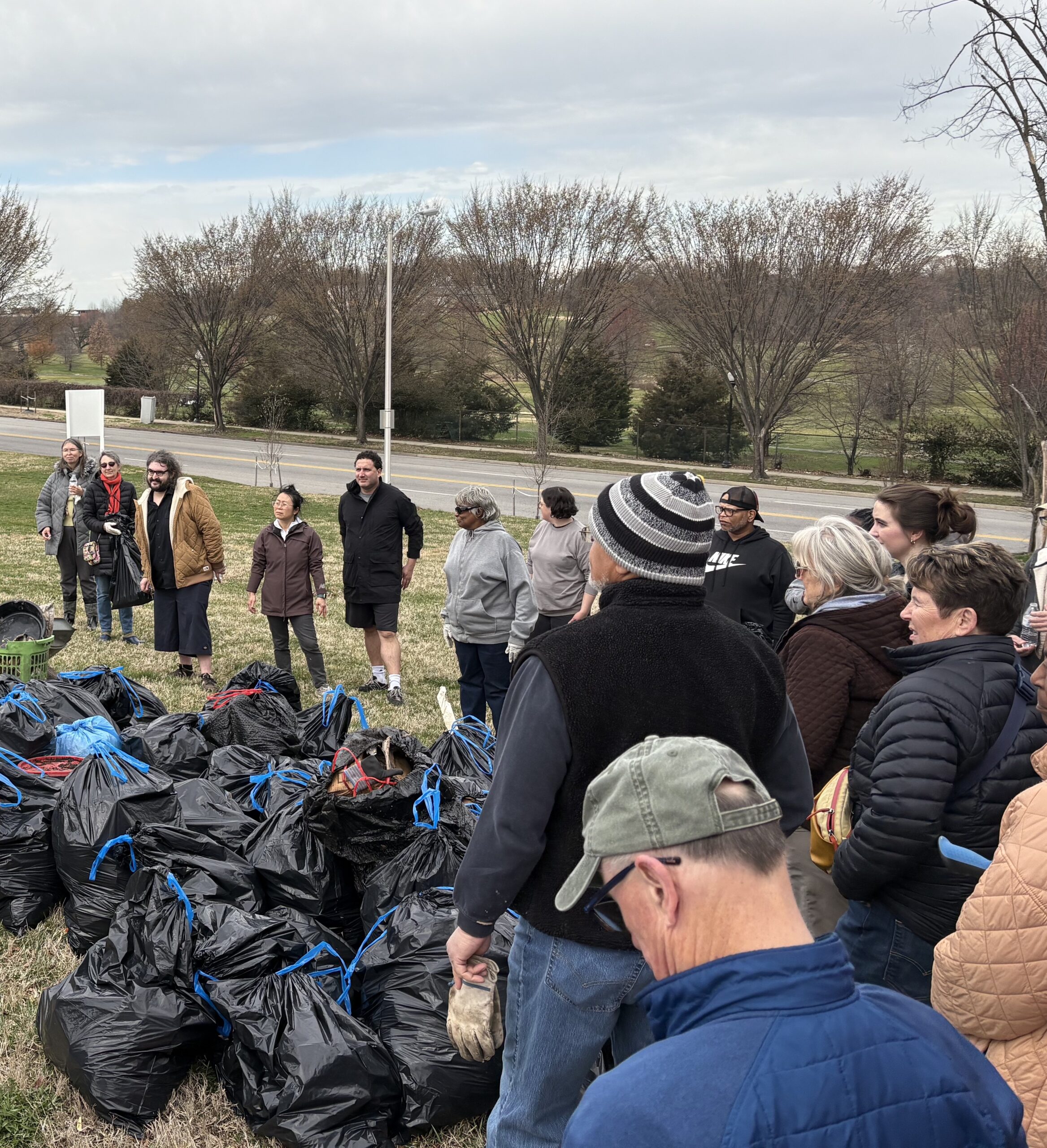 This past year we launched a new “voluntours” series where we helped with community trash clean-ups and learned local history in the process. We held two voluntours at Laurel Cemetery and several trash clean-ups at Herring Run Park and Masonville Cove. We plan to continue this unique tour model in 2026.
This past year we launched a new “voluntours” series where we helped with community trash clean-ups and learned local history in the process. We held two voluntours at Laurel Cemetery and several trash clean-ups at Herring Run Park and Masonville Cove. We plan to continue this unique tour model in 2026.
We need your help today.
We at Baltimore Heritage are a little bit unusual. We rely heavily on kind volunteers to make our work possible, and nearly three quarters of our annual operating income comes from gifts from individuals. Most of these gifts are at our basic membership levels of $35 for an individual and $50 for a family. By donating at any level, be assured that your support goes a long way.
Please accept an enormous thank you to everyone who volunteers with us, comes out for tours and programs (in-person and virtually!), and supports our work by generously donating. Your help makes all of what we do possible.
— Johns Hopkins, Baltimore Heritage

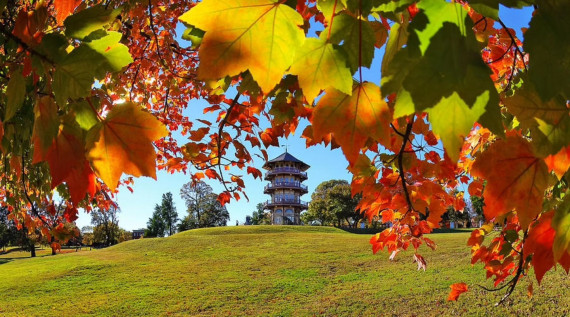
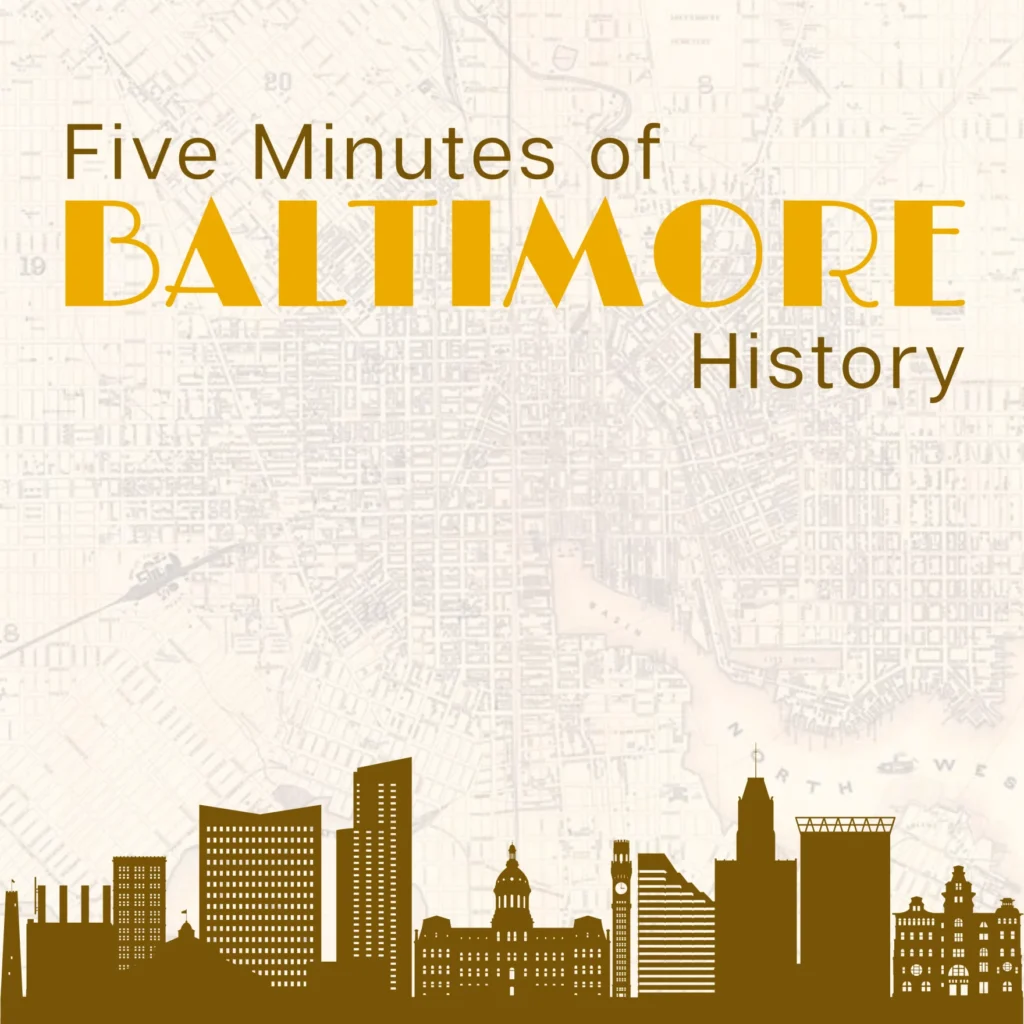
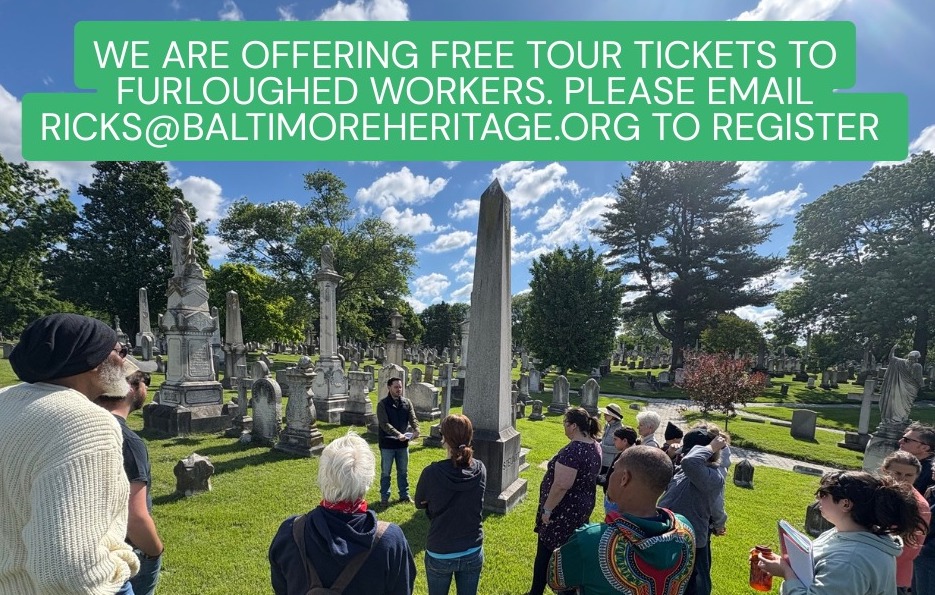
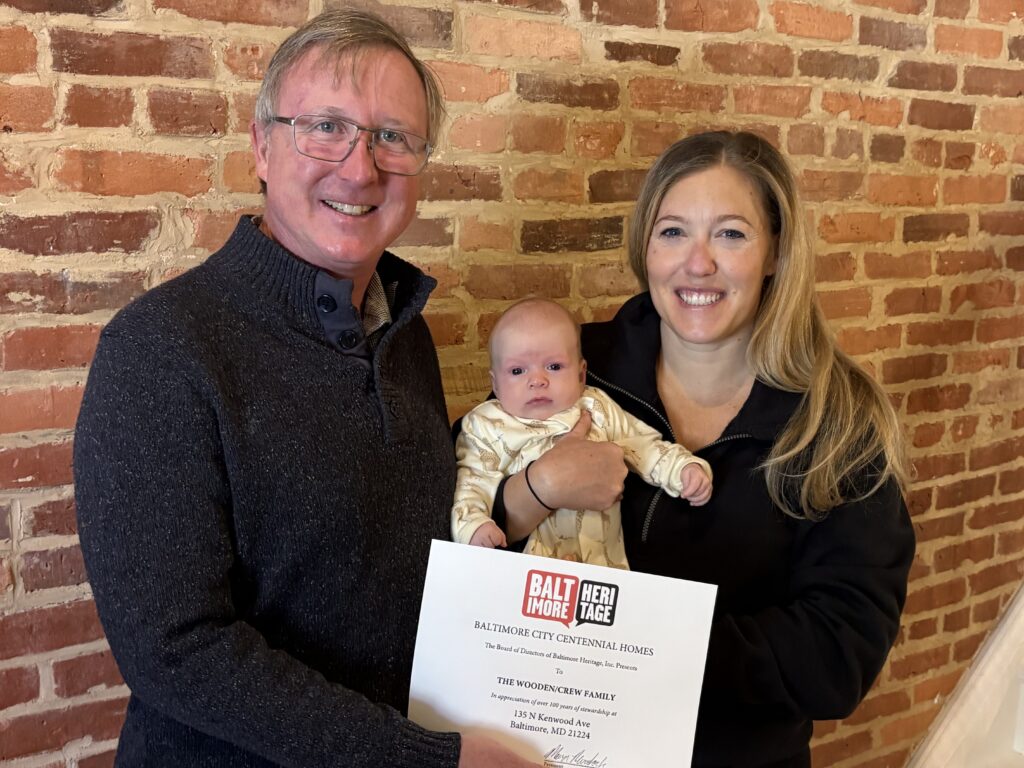

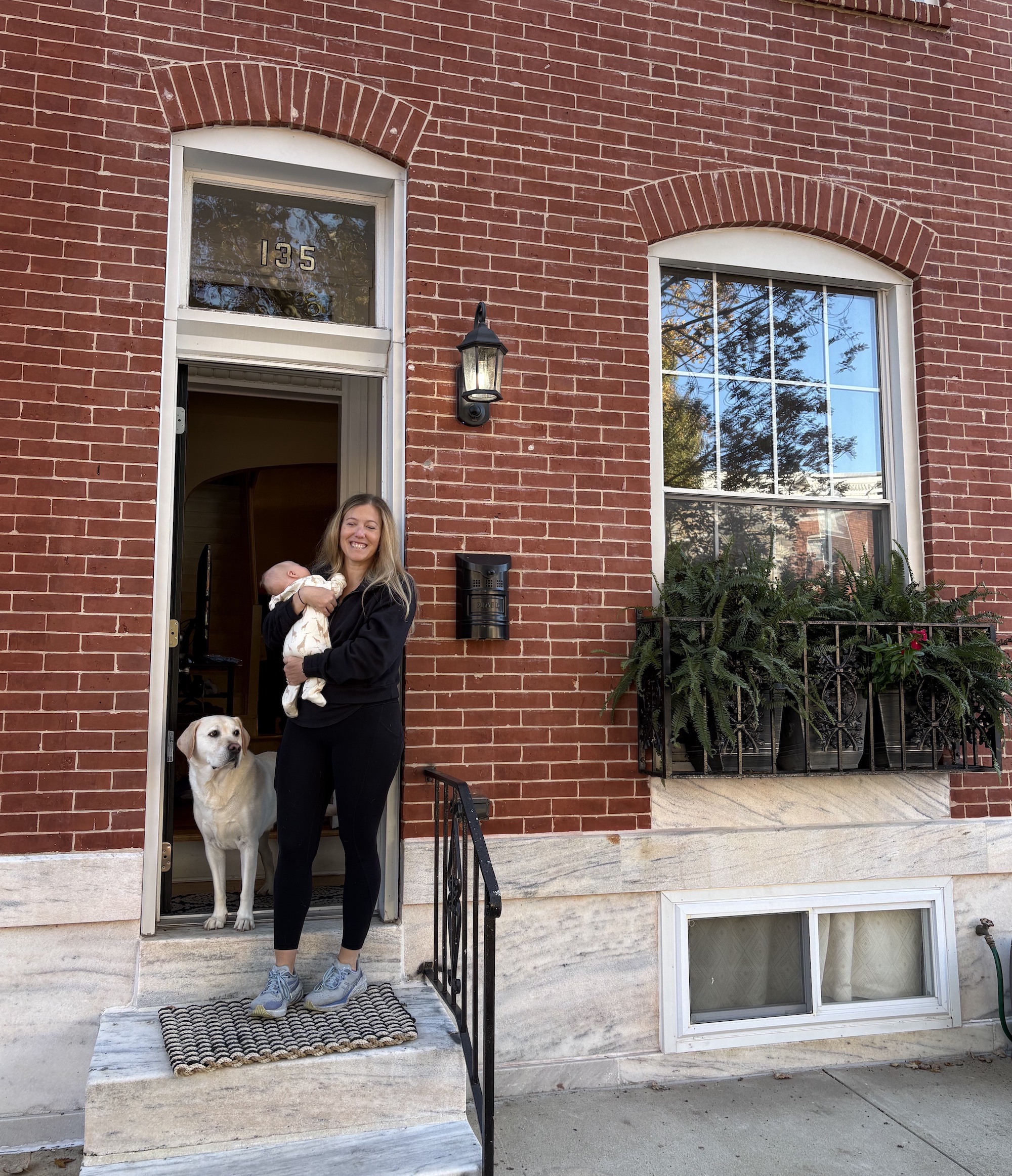 On October 16, 2025, Baltimore Heritage awarded a Centennial Homes certificate to Trudee O’Donnell. Trudee’s rowhouse on N. Kenwood Ave has been in her family for over 100 years. Her great-grandmother Gertrude Yowell and husband bought the home in 1922. And as you see from the picture, the potential next owner is in training! Thanks to Trudee and her family for their loving care of this home.
On October 16, 2025, Baltimore Heritage awarded a Centennial Homes certificate to Trudee O’Donnell. Trudee’s rowhouse on N. Kenwood Ave has been in her family for over 100 years. Her great-grandmother Gertrude Yowell and husband bought the home in 1922. And as you see from the picture, the potential next owner is in training! Thanks to Trudee and her family for their loving care of this home.